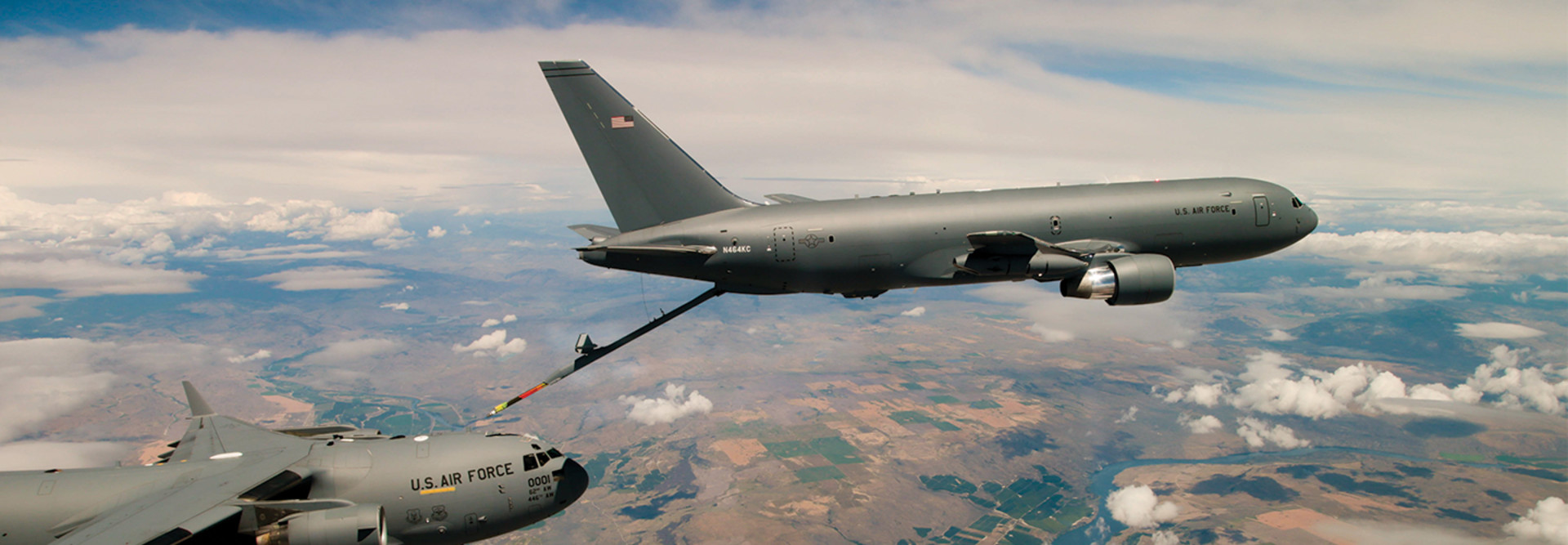A New Vision for Air Force Operations
The Defense Department envisions that JADC2 will not only underpin military operations but will deter adversaries and provide the foundation for joint operations, according to the Air Force.
“The requirements, technology and integration efforts in development under ABMS will enable this concept by simultaneously sensing, making sense of and acting upon a vast array of data and information from each of these domains, fusing and analyzing the data with the help of machine learning and artificial intelligence and providing warfighters with preferred options at speeds not seen before,” the Air Force noted in a statement.
In its Fiscal Year 2022 budget request, the Air Force is asking Congress for $204 million for the project, up from $158 million in FY 2021.
“To build ABMS, you must first build the digital structures and pathways over which critical data is stored, computed, and moved,” Randy Walden, program executive officer of the Air Force’s Rapid Capabilities Office, said in a statement. “The Department of the Air Force needs a smart, fast and resilient ‘system of systems’ to establish information and decision superiority, and ABMS will be that solution.”
Air Force program managers say the goal of ABMS is speed and utility, which means that some elements of the program are using commercial technology, and that the program requires a close relationship with industry and a willingness to experiment. As of late 2020, there were nearly 100 companies involved in the program, according to Air Force Magazine.
“Command and Control is as timeless as warfare — as the character of war changes, so too does the art and science of C2,” Brig. Gen. Jeffery Valenzia, who is leading the ABMS requirements and war fighter integration effort, said in a statement. “In a data-dependent and data-saturated world, victory belongs to the side with decision superiority — the ability to sense, make sense of a complex and adaptive environment, and act smarter, faster, and better.”











